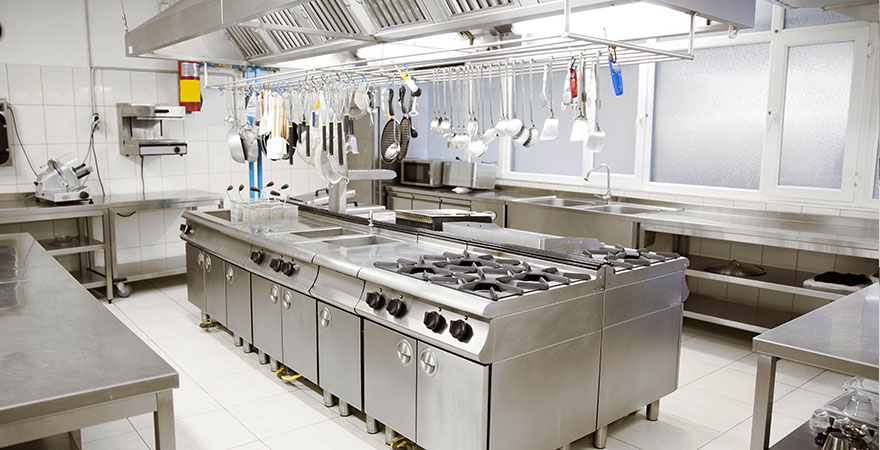You can expect two cups of water to remain in the dishwashing unit after every dishwashing session. However, if your unit is showing signs of overflow, some investigation may be required. But here is the good news. Some puddles at the bottom of your dishwashing unit are normal and do not necessarily require the help of commercial dishwasher repairs. You will have to call professionals if the problem is far more complex.
What should you know?
The most common reasons why there might be stagnant water at the bottom of your dishwasher include user errors, clogs, broken parts, and issues with maintenance. So, sometimes you can fix the problem simply by rinsing the dishes properly or replacing the parts. Smaller parts are not usually expensive, so do not worry about spending tens of dollars.
Let us look at some steps that you can follow to troubleshoot the problem.
Remove the knockout plug in the garbage disposal
Sometimes, garbage disposal has a lot to do with the drains of your dishwasher. If you remove the knockout plug, then the water will drain freely. As a result of this, less water will pool in the unit itself. This is easy, as you can fix it with just a pair of pliers, a screwdriver, and a hammer.
Check if your filter is working properly
Filters are an integral part of any dishwashing equipment. From time to time, you need to check filters to make sure that they are intact. At the same time, the drain basket should also be empty. In case there is some buildup in the filters, then the water will not stay clean. The drainage will be blocked, and it will end up stagnant at the base.
In most cases, water pools up in the base due to unclean or blocked filters. So, this is the first thing that you should check.
Drain hose straightening
The purpose of a drain hose is to keep dirty water from entering the dishwasher. However, sometimes, it ends up getting clogged with food particles, which prevents the water from draining out. To fix this problem, all you must do is turn your dishwasher off, check where the hose is located, and fix it. Sometimes, you might have to untwist it or remove it to check for small, clogged particles.
Check the spray arm
Sometimes, small bits of food also end up inside the spray arm of your appliance. The purpose of a spray arm is to clean the dishes. But when these food particles block it, then the cleaning process becomes significantly affected. Experts, usually suggest owners keep checking the spray arm from time to time whether there is a problem with standing water in the unit. All you need is some water and vinegar to clean the spray arm. A toothpick can also help if the food particles are too small.
Conclusion
In this article, we have mentioned the most common reasons for stagnant water in dishwashing units. However, you should remember that these are not the only reasons. There can be tens of other problems if you find that water is pooling in your dishwasher.
If the problem does not get solved by checking the above tips, we suggest you contact a professional right away. If you continue to use your unit, your dishes will not get properly cleaned and there is a chance of further damage to your dishwasher.
When choosing any commercial appliances repair Springfield service, you should look for reviews on the internet and check credentials. Make sure that the company is trustworthy and professional. This way, you can get the best service at the most reasonable price.

